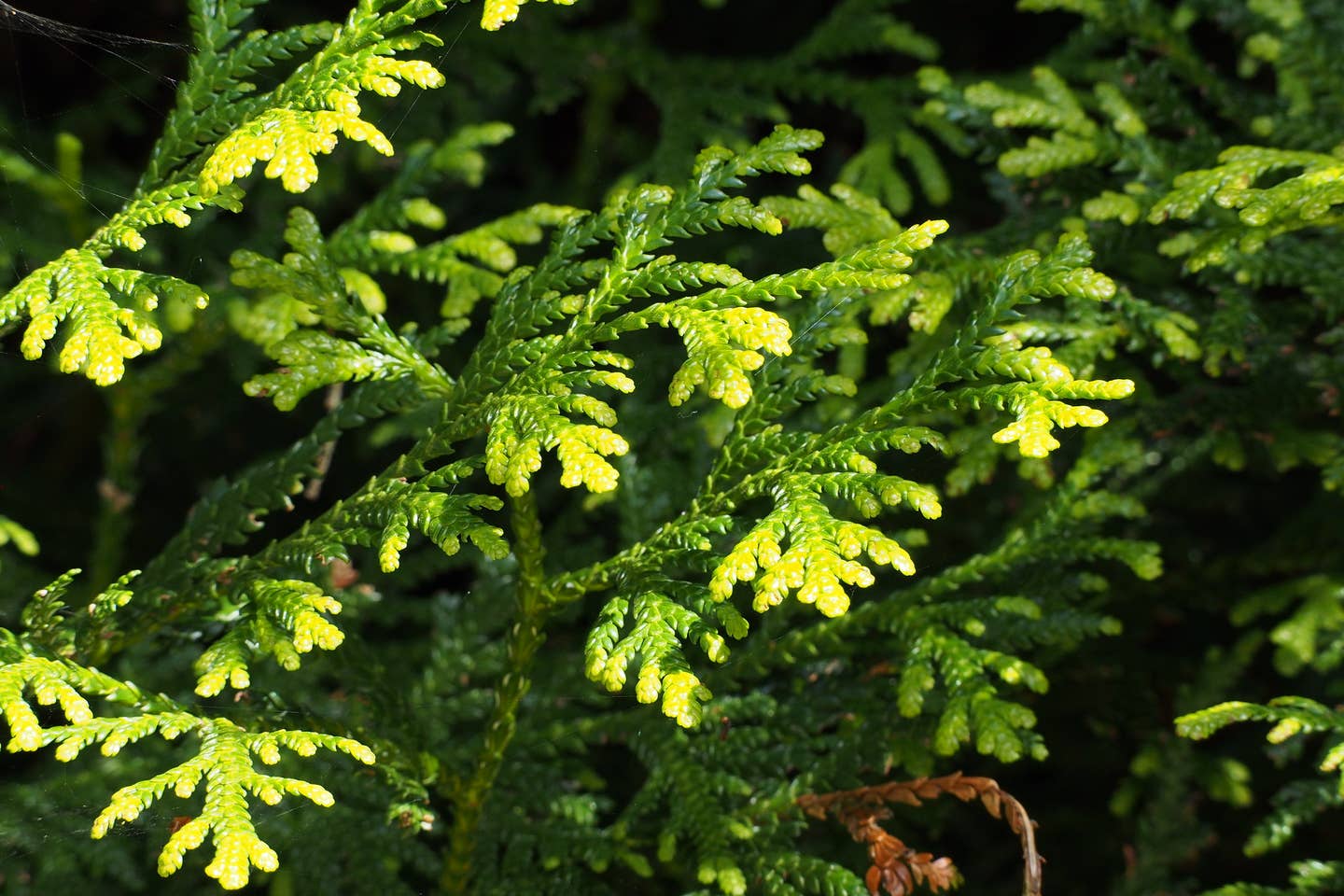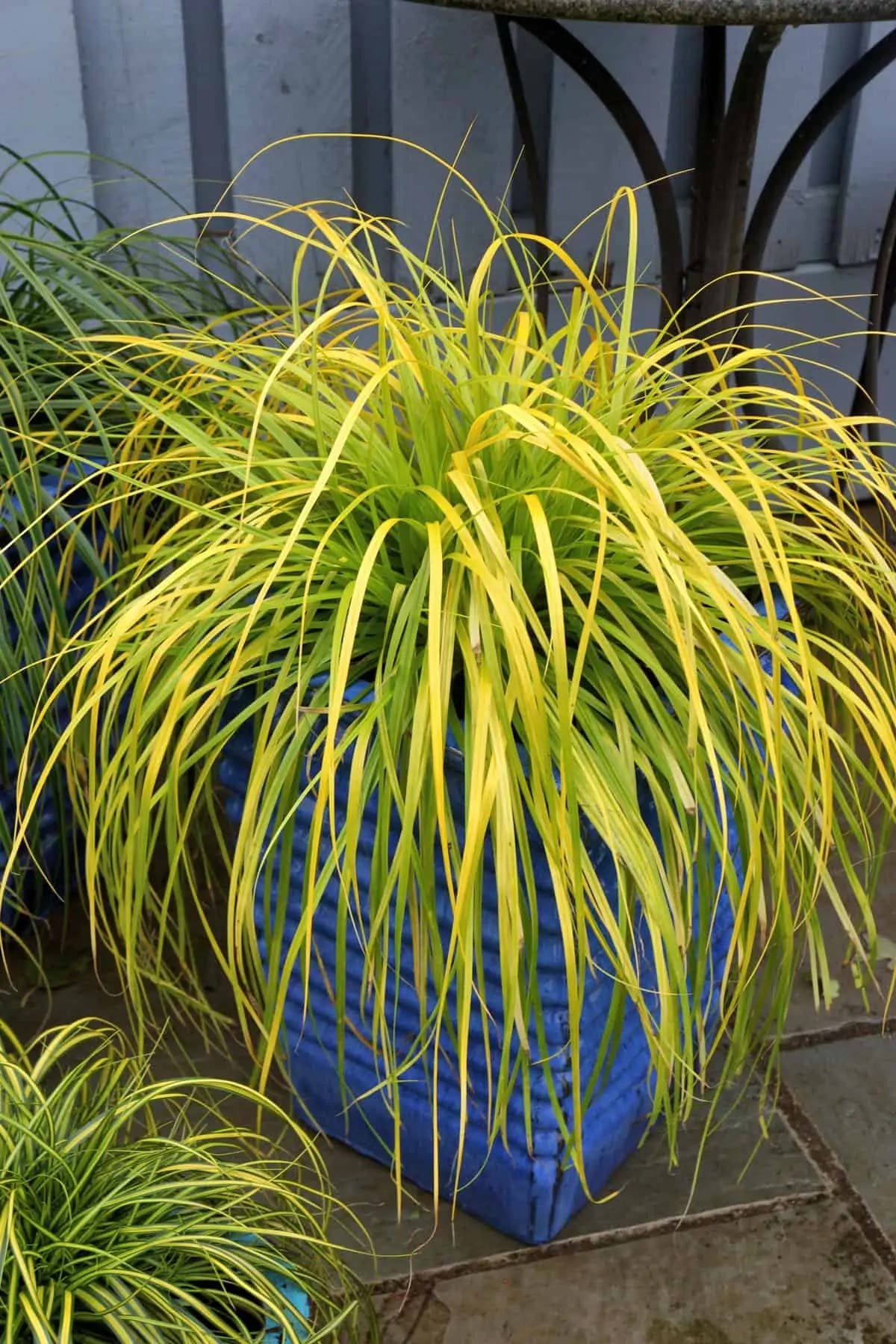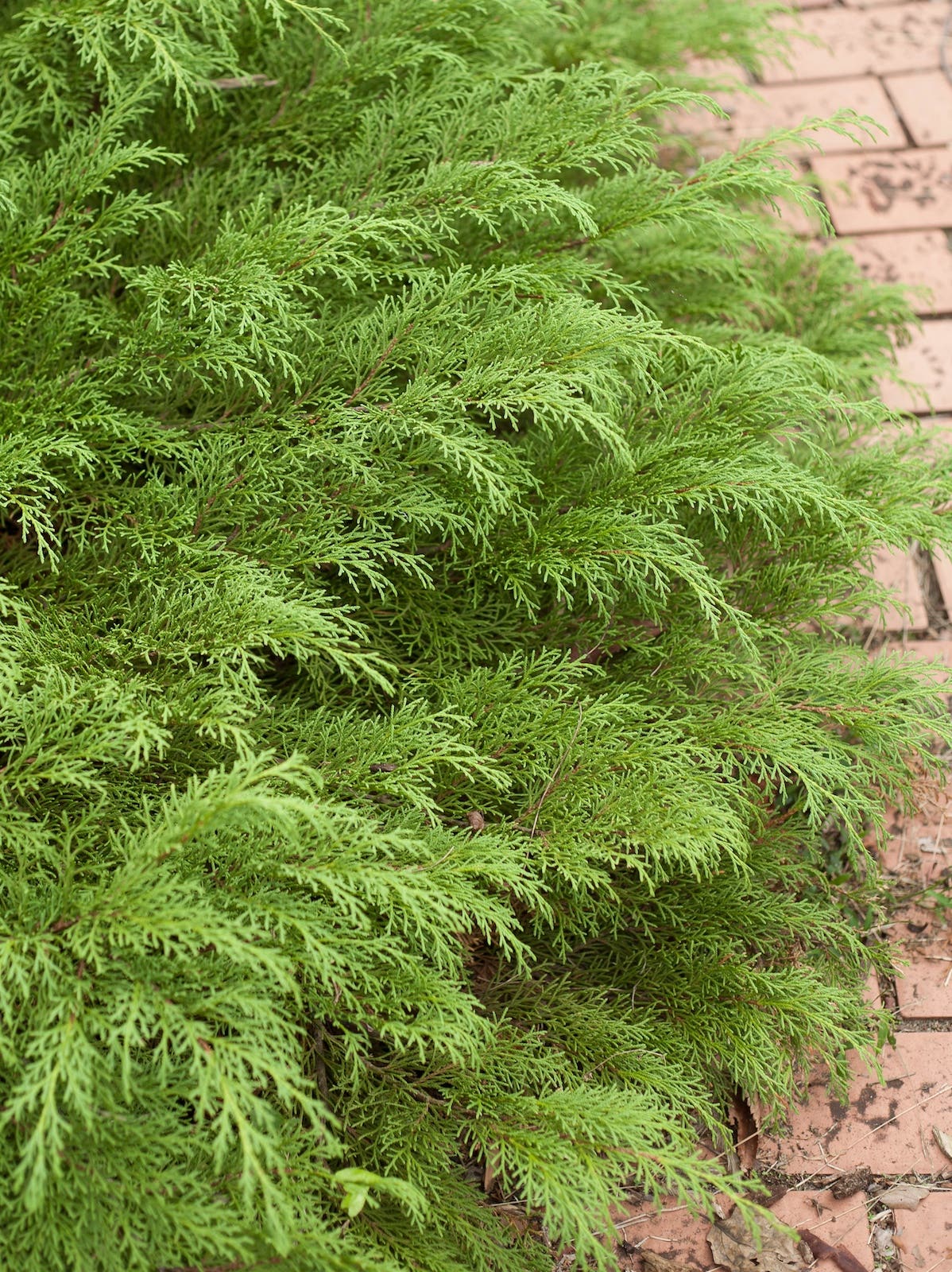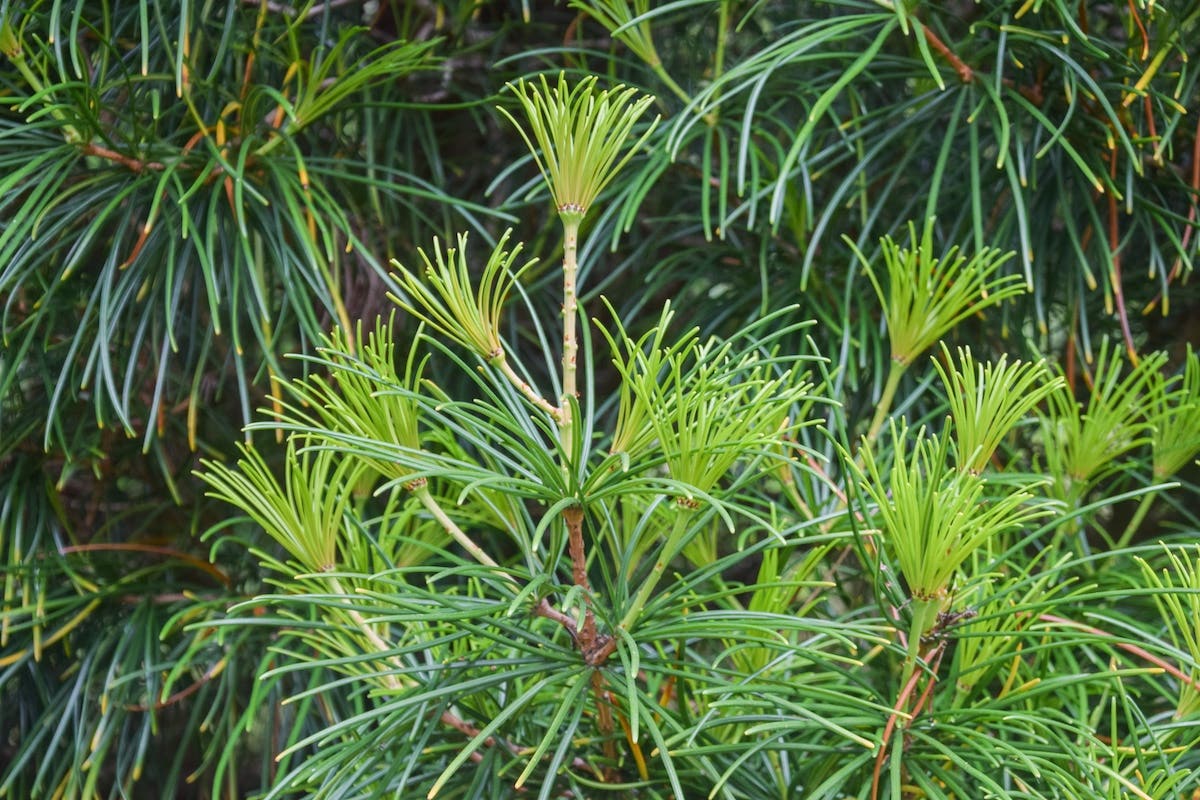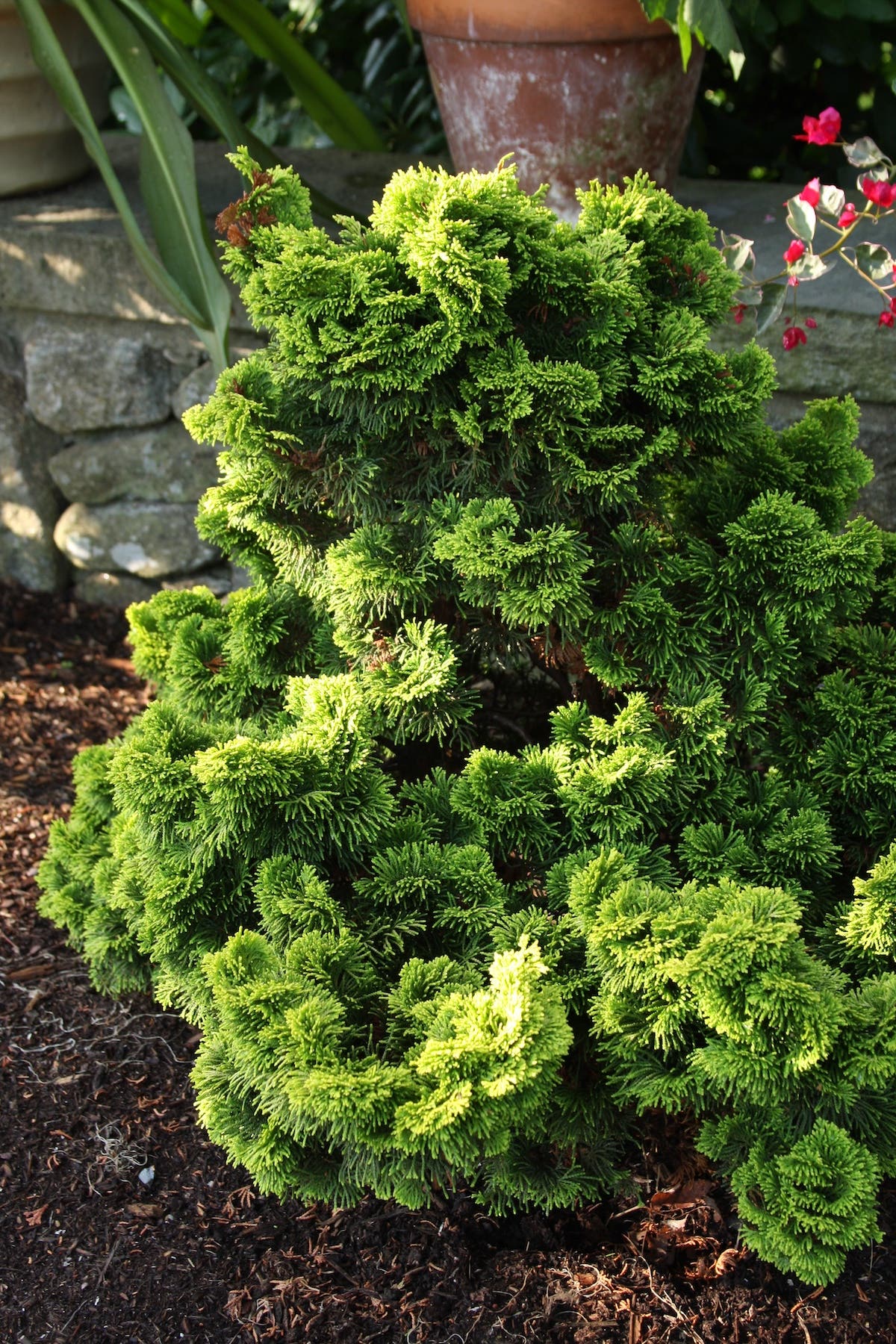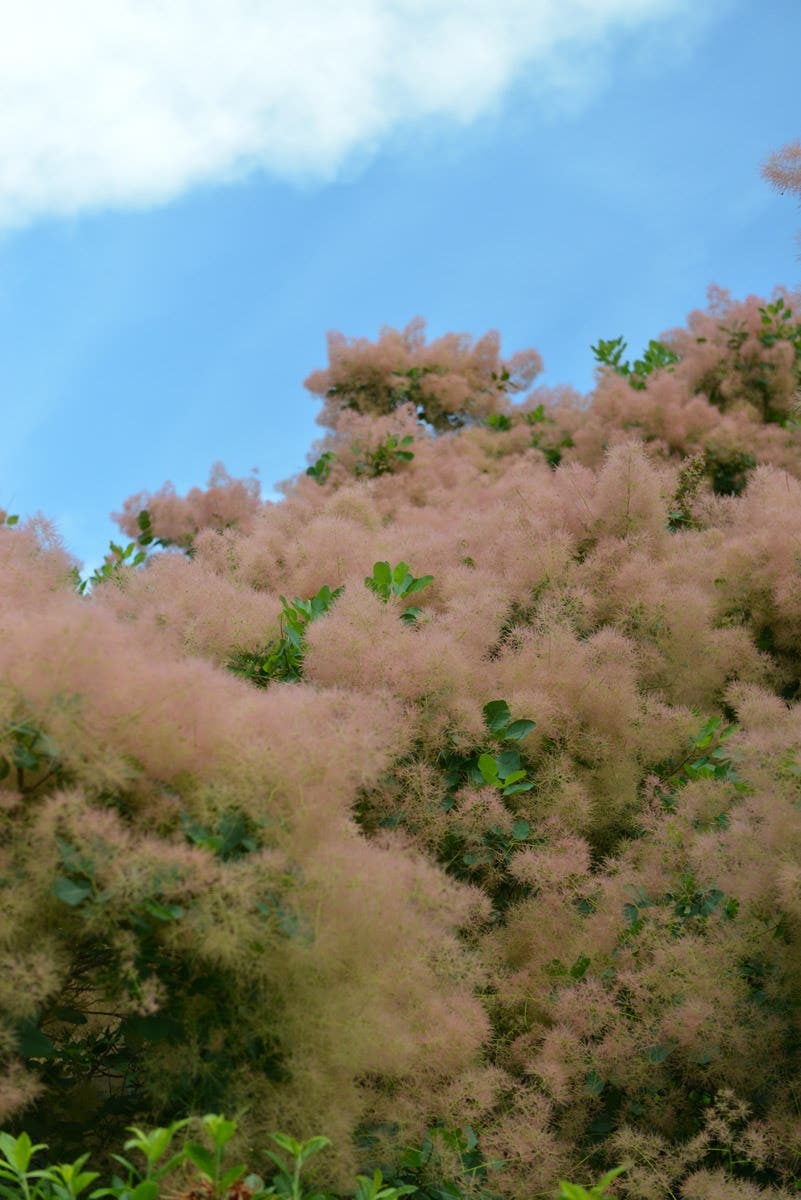‘Fireworks’ Goldenrod Is a Top Perennial for Gardens
‘Fireworks’ goldenrod offers all the benefits of Solidago, including pollinator-friendly late-summer blooom, without headaches like unwanted spread.
'Fireworks' goldenrod joined the Pennsylvania Horticultural Society's list of Gold Medal Plants in 2025, thanks to its gorgeous, pollinator-friendly bloom and good behavior in gardens.
Goldenrods (Solidago) have a reputation for being weedy (thanks to their tendency to spread) and aggravating seasonal allergies (because they bloom at the same time as the real culprit, the inconspicuously flowered ragweed). But these North America natives are also admired for their eye-catching yellow flowers, which appear from late summer to autumn and feed bees and butterflies. They rely on these insects because their sticky pollen is too heavy to travel in the air—so no, goldenrods do not trigger allergies!
Some goldenrods are better for garden spaces than others, and ‘Fireworks’ ranks among those. It is compact in size, and it's not a rampant spreader.
Common name: 'Fireworks' goldenrod
Botanical name: Solidago rugosa 'Fireworks'
Origin: Selected at the North Carolina Botanical Garden by Ken Moore and introduced in 1993, this is a cultivar of Solidago rugosa, a highly variable species native across much of the eastern US and Canada. It grows naturally in meadows, bogs, pine barrens and low woods. ‘Fireworks’ originated in a population inhabiting North Carolina’s coastal plain.
Flowers: In late summer, 18-inch-long spikes of tiny flowers appear, with an arching habit. Flowering lasts into fall.
Foliage: The leaves are medium to dark green, with a wrinkled texture.
Size and habit: 'Fireworks' goldenrod grows as a mass of upright stems together reaching three to four feet tall and wide. It is an herbaceous perennial.
Related: Another great garden goldenrod is 'Golden Fleece'; read about it in "Hardy Perennial That Bloom in the Fall."
Growing 'Fireworks' goldenrod
Exposure: Full sun
How to grow it: Like most Solidago, ‘Fireworks’ goldenrod needs full sun, good drainage and regular moisture. It will take wet soil, too. Give it room to spread or partner it with plants that can hold their own space, because it tends to increase by rhizomes and self-sowing. However, it is not considered aggressive and it can be checked by digging and dividing it every few years. USDA Zones 4–8.


